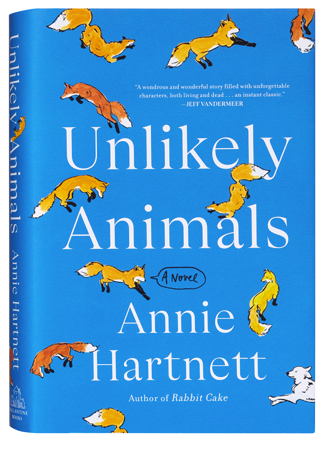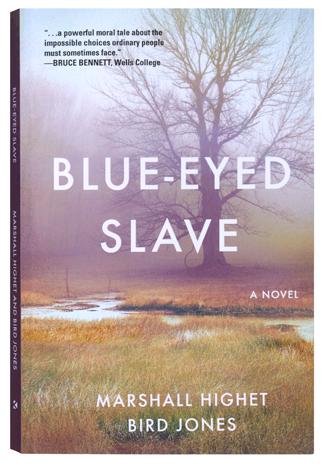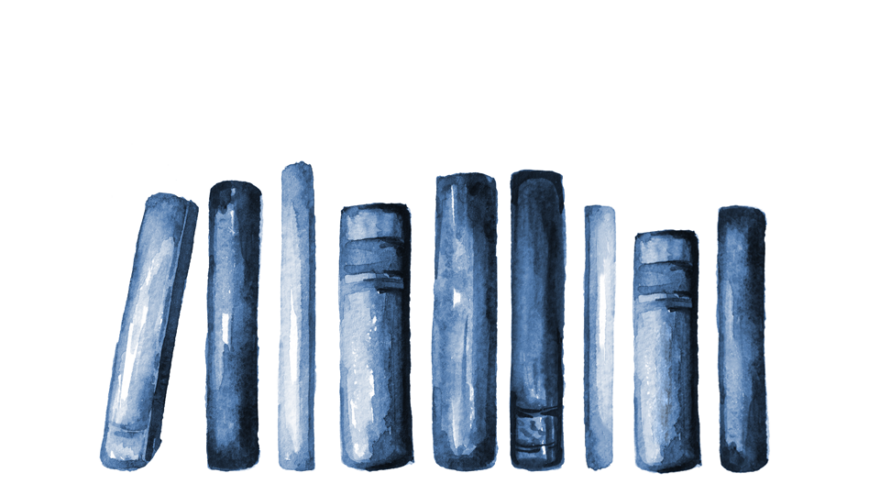
TRAIL TO GOLD
Sue Long Wemyss, Project Leader
In 2013, at the suggestion of the U.S. Women’s Cross-Country Team head coach Matt Whitcomb ’01, the team members embarked on what Whitcomb calls “a team-building project to learn more about the Olympians before them.” The idea was to interview the women skiers from over the years since the first U.S. women went to the Olympics in 1972 to compete in cross-country skiing—and then create a book. The interviews happened, but the book idea languished until a group of the women interviewed took up the project in 2020 and formed a committee, with Sue Long Wemyss ’82 leading the effort. The result is a comprehensive look at the 53 women who over the past 50 years have skied in 13 Olympic Games, pursuing the dream of winning a medal, which was finally accomplished in 2018. In Trail to Gold: The Journey of 53 Women Skiers, the women, in their own words, tell the story. Their book is a compelling history of the hard work, heartbreaks, triumphs, and shared experiences of a sisterhood of competitors.

UNLIKELY ANIMALS
Annie Hartnett
On a visit to friends in New Hampshire, author Annie Hartnett, MA English ’11 was intrigued by an enormous yellow mansion in their town. Her curiosity sent her to Google to find out more about it, and with what she discovered about the mansion, a hunting park, and Ernest Harold Baynes, the real-life Doctor Doolittle of New Hampshire, she felt she had to capture the story in a novel. Unlikely Animals is a poignant, large-hearted tale with an intriguing cast of characters who draw you into the life of a small town and a troubled family. Hartnett’s main character, Emma Starling, touted as a natural-born healer, returns home, after dropping out of medical school, to take care of her dying father. As she deals with her family issues, including her brother’s recent stint in rehab, she learns that her former best friend from high school, a drug addict, is missing, with no one bothering to look for her. Emma feels someone should at least try to find her. Written in a heartwarming and humorous narrative, the tragicomic story will fill you with laughter and empathy and have you rooting for all the quirky characters you meet, human and animal—as well as, of course, the lively spirits of Maple Street Cemetery.

TWELFTH GRADE NIGHT
Molly Horton Booth, Stephanie Kate Strohm, Jamie Green
In her first young adult graphic novel, author Stephanie Kate Strohm ’08 has teamed up with author Molly Horton Booth and artist Jamie Green to create a fun and fantastical high school romantic comedy. When Vi arrives at Arden High, she finds a school unlike any she has ever known. Full of magic and spirits, a fairy to guide her through it, and a 400-year-old teacher named Polonius, the public school is a vast change from the private school she went to with her twin brother. She soon meets poet Orsino and is roped into planning for the autumn Twelfth Grade Night dance. With a crush on Orsino, she hopes to go with him to the dance, but he has a crush on Olivia, who, as fate would have it, has a crush on Vi. While the Shakespearean elements abound as the plot works itself out, in the end, the students of Arden High are teenagers, straight or queer, learning how to be themselves as they navigate high school. Heartfelt and engaging, their stories will capture your imagination as you yourself navigate the plot twists and turns, and misunderstandings and resolutions, of this enjoyable graphic tale.

BLUE-EYED SLAVE
Marshall Highet and Bird Jones
In their latest historical novel, Marshall Highet, MA English ’07 and Bird Beck Jones ’70 journey to the era of 1764 in Charles Town, South Carolina. Despite the Negro Act of 1740 that made it illegal, among other restrictions, for slaves to learn to write, Harry, an enslaved person, has run a school for enslaved children for over 20 years. While the school leads an uneasy existence, the townspeople tolerate it until a young Sephardic Jewish girl, Hannah, who helps at the school, decides to teach a slave girl, Bintü, to read. A slave who can read, and those who enable such lawless behavior, ignite the animosity of the community, and punishment ensues. The passing of the Stamp Act by the British in 1765, which taxed printed material, exacerbates the issue. Meticulously researched by the authors, Blue-Eyed Slave tackles the racial discrimination of the day in its context as it also illuminates the Jewish tradition of tzedek, or justice. But the beauty of the story, Hannah’s courage in her convictions, is what shines through the horrors of slavery and gives hope that humanity can persevere with love and kindness despite human cruelty and immorality.

Leave a Reply